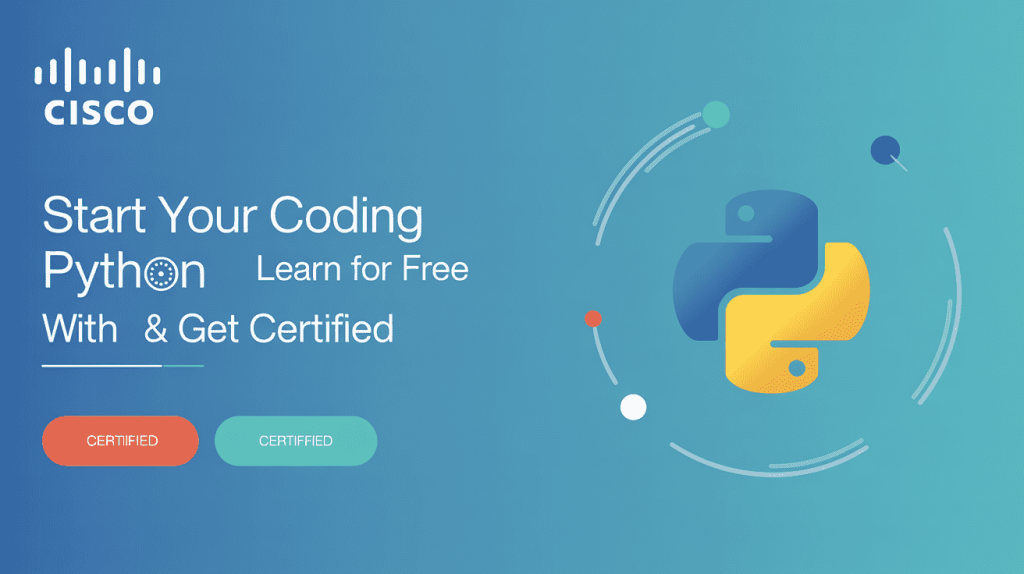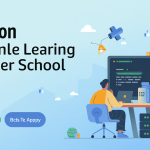
If you’re thinking about learning programming but don’t know where to start, Cisco’s Python Essentials 1 course is a perfect place to begin. Offered through Cisco Networking Academy, this beginner-friendly online course helps you understand the basics of Python programming at your own pace—and the best part? It’s completely free and comes with a certificate upon completion.
This course is designed to teach you how to think like a programmer and build a strong foundation in Python, one of the world’s most popular and beginner-friendly programming languages. Here’s a quick overview of the main topics:
By the end of the course, you’ll be able to write basic Python scripts and understand core programming concepts. The course also prepares you for the PCEP (Certified Entry-Level Python Programmer) certification exam.
This course is open to anyone, including:
You don’t need a technical background to start. The content is explained in plain language and builds up gradually.
You can take this course on your schedule. Whether you want to finish it in a week or over a few months, the pace is up to you.
Yes, after successfully completing the course, you’ll receive a digital badge and certificate from Cisco Networking Academy. This certificate is free and can be added to your resume, LinkedIn profile, or job applications.
If you’re interested, you can also go a step further and take the PCEP certification exam, which is an industry-recognized Python certification. That exam may have a fee, but the course itself is fully free.
Python is widely used in tech companies like Google, Netflix, and Facebook, as well as in industries like finance, healthcare, and data science. By learning Python, you’re taking a step toward job roles such as:
Even if you’re not pursuing a tech job, knowing how to automate tasks and understand code can make you more valuable in any workplace.
Here’s how to get started with Python Essentials 1:
There is no fixed deadline to enroll in this course. Since it’s self-paced, you can join anytime and learn at your convenience.
Yes, the entire course is free. There are no hidden costs. You can access all modules, labs, and even receive the certificate without paying anything. The only optional cost is if you want to take the PCEP certification exam, which is separate from the course.

Content Strategist & Career Researcher
Haris is a Content Strategist and Career Researcher at Talentd, specializing in job market trends, career development, and placement preparation. With years of experience guiding students and professionals from Tier 2 and Tier 3 cities, he crafts practical, research-backed content that helps users succeed in competitive hiring landscapes.

Introduction Data engineering has become one of the most in-demand skills in today’s digital world. Every organization, from startups to multinational corporations, relies on data to make smart decisions. But before data can be analyzed, it needs to be collected, cleaned, stored, and made accessible — and that’s where data engineers come in. Dell Technologies, […]

IBM, a global leader in technology and innovation, is offering free online AI courses with certificates for learners around the world. Whether you are a student, job seeker, or working professional, you can now start learning Artificial Intelligence from scratch and earn industry-recognized credentials — all at your own pace and without paying a fee. […]

Amazon’s Machine Learning Summer School 2025 is an excellent opportunity for students in India to gain hands-on knowledge and foundational understanding of core ML concepts. This fully virtual program is designed to help students build a strong ML skillset, learn from leading scientists at Amazon, and prepare for a career in Machine Learning and Artificial […]